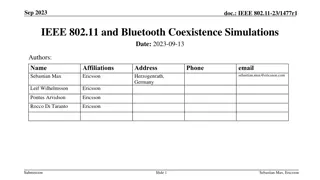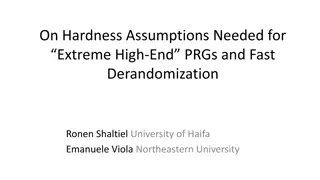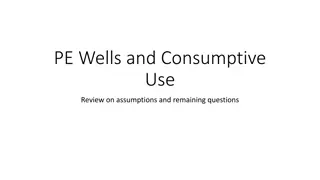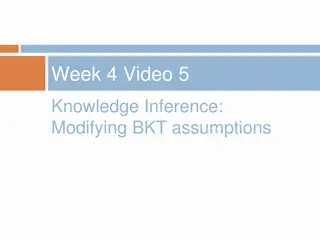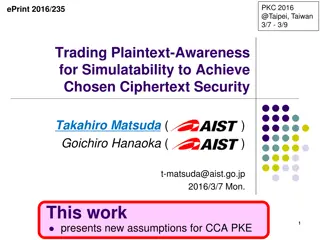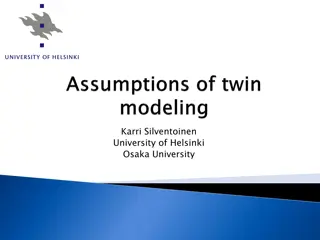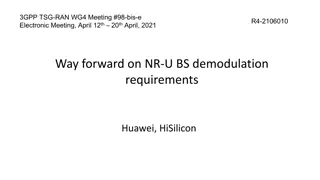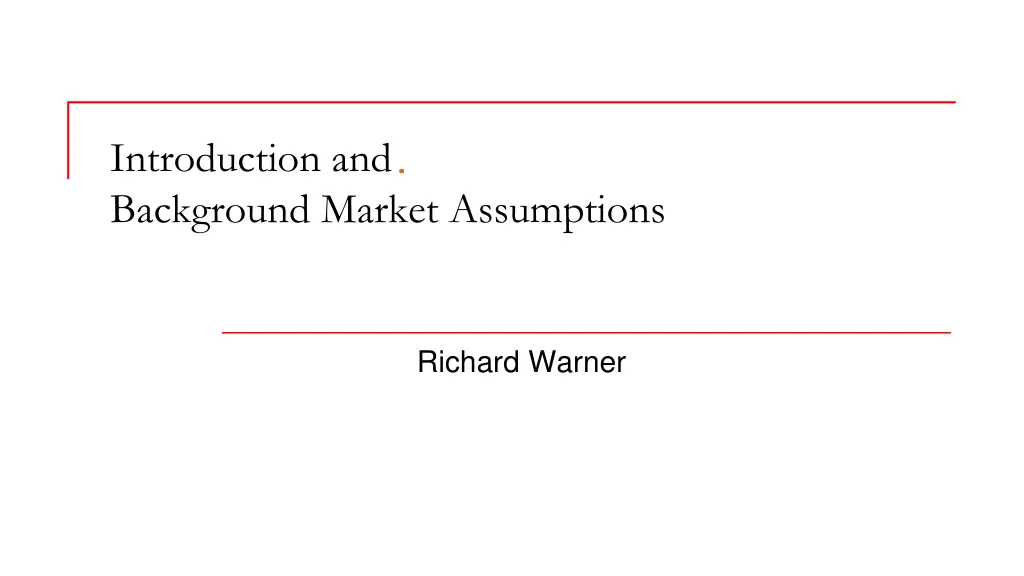
Understanding Market Assumptions in Contract Law
Explore the concept of market assumptions in contract law, where businesses offering unfavorable terms risk losing customers in a competitive market. Discover how consumer behaviors shape contract practices and enforceability.
Uploaded on | 0 Views
Download Presentation

Please find below an Image/Link to download the presentation.
The content on the website is provided AS IS for your information and personal use only. It may not be sold, licensed, or shared on other websites without obtaining consent from the author. If you encounter any issues during the download, it is possible that the publisher has removed the file from their server.
You are allowed to download the files provided on this website for personal or commercial use, subject to the condition that they are used lawfully. All files are the property of their respective owners.
The content on the website is provided AS IS for your information and personal use only. It may not be sold, licensed, or shared on other websites without obtaining consent from the author.
E N D
Presentation Transcript
Introduction and Background Market Assumptions Richard Warner
What We Will Study and Why What First, traditional consumer standard form contracting Second, consumer online contracting Why Important: most businesses have online contracts. Rare: it is rare to see contract change as rapidly as it is. Interesting. Excellent illustration of the common law
Background: Standard Form Contracting Standard form contracting appears with the 18thCentury rise of standardized goods in the industrial revolution. Standard form contracting was the solution for sellers contracting with large numbers of buyers, many of whom they might not know. Risk allocation terms were central. Risk allocation terms are terms that say who will bear the risk if this or that event happens.
The Assumption of Non-Reading Restatement 211: [1] A party who makes regular use of a standardized form of agreement does not ordinarily expect his customers to understand or even to read the standard terms . . . [2] Customers do not in fact ordinarily understand or even read the standard terms . . . [5] But they understand that they are assenting to the terms not read or not understood, subject to such limitations as the law may impose.
The Critical Question What terms are enforceable in a contract that consumers do not read and are not expected to read?
A Puzzle Section 211: [3] They trust to the good faith of the party using the form and [4] to the tacit representation that like terms are being accepted regularly by others similarly situated. This is puzzling. Why trust in good faith? And, why does it matter that others accept similar terms? The answers lie in market assumptions.
Market Assumptions A sufficiently competitive market. Businesses that offer unfavorable terms to consumers will lose more than they gain because consumers will buy from other businesses. This is why you see similar terms in contracts from different businesses. And why consumers can trust to the good faith of the party using the form. Note: this means contract law can rely on market motives to control the behavior of businesses.


